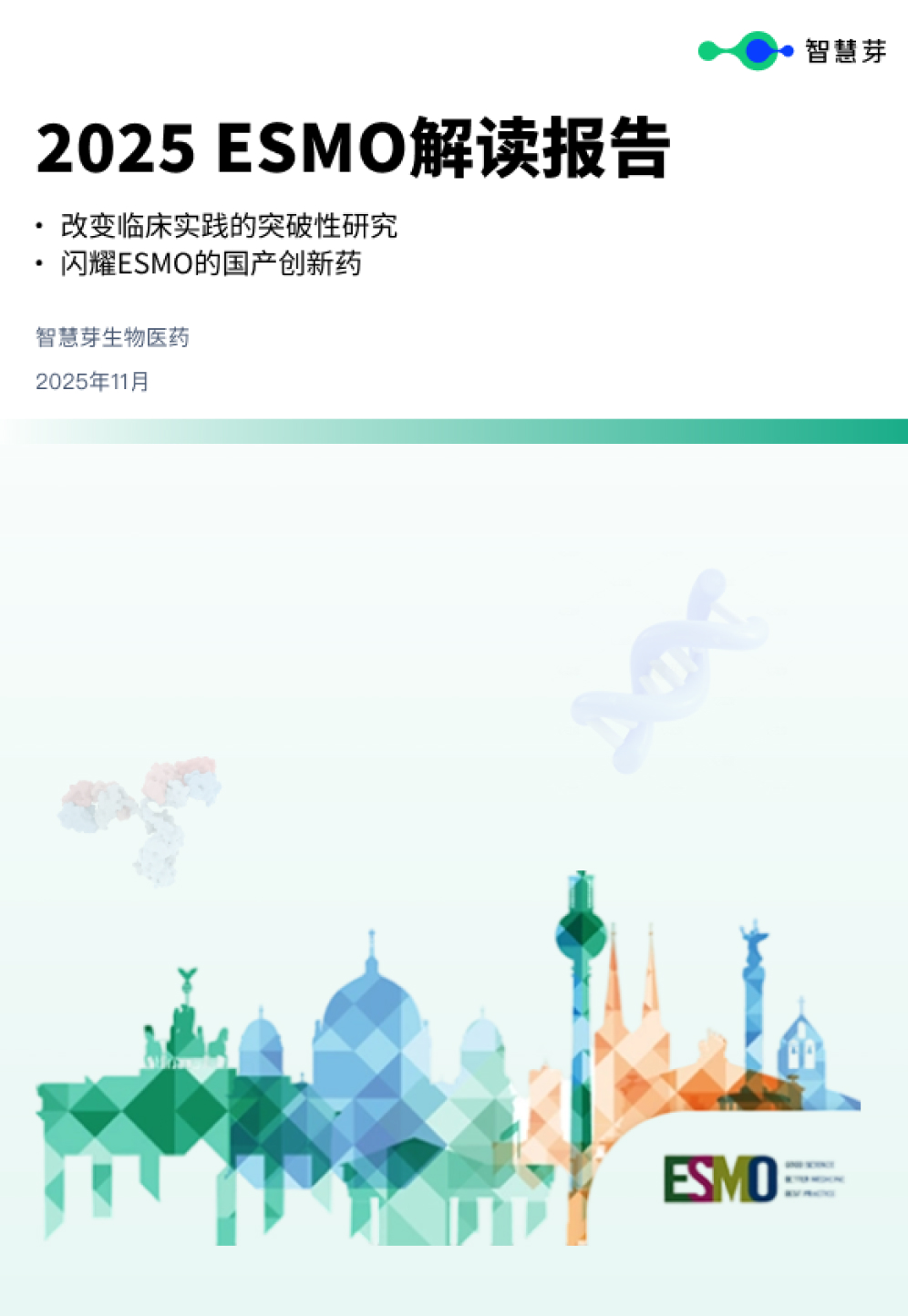预约演示
Young adults with migraine, other nontraditional risk factors may have higher stroke risk
2024-03-26
AHA会议
Nontraditional risk factors such as migraines are as important as traditional risk factors like high blood pressure for adults younger than ages 35-45, finds new study.
Adults younger than 35- to 45-years old may have a higher risk of developing a stroke from nontraditional risk factors such as migraines than from traditional risks like high blood pressure. That's according to new research published today in Circulation: Cardiovascular Quality and Outcomes, a peer-reviewed American Heart Association journal.
Most strokes are caused by traditional stroke risk factors, such as high blood pressure, high cholesterol, Type 2 diabetes, smoking, obesity, low physical activity, alcohol abuse or coronary heart disease. However, recent data showed an increased incidence of strokes even among young adults without these risk factors, according to the study.
"We wanted to understand which risk factors were the top contributors to stroke risk among young adults," said study lead author Michelle Leppert, M.D., M.S., M.B.A., FAHA, an assistant professor of neurology at the University of Colorado School of Medicine in Aurora, Colorado.
Using an administrative database of health insurance claims reported in Colorado, researchers matched data of more than 2,600 people who had strokes to more than 7,800 people who did not to determine which risk factors may most often lead to strokes.
The analysis found that nontraditional stroke risk factors, such as migraines, blood clotting disorders, kidney failure, autoimmune diseases or malignancy, were significantly associated with the development of strokes in men and women 18- to 44-years old. The association between stroke and nontraditional stroke risk factors was stronger in adults younger than 35 years old.
Results also showed:
"These findings are significant because most of our attention has been focused on traditional risk factors," Leppert said. "We should not ignore nontraditional stroke risk factors and only focus on traditional risk factors; both are important to the development of strokes among young people.
"In fact, the younger they are at the time of stroke, the more likely their stroke is due to a nontraditional risk factor," she said. "We need to better understand the underlying mechanisms of these nontraditional risk factors to develop targeted interventions."
Researchers were surprised to find that non-traditional risk factors were equally important as traditional risk factors in the development of strokes in young men and women. Leppert added that the large contribution that migraine headaches had in the development of strokes was also unexpected.
"There have been many studies demonstrating the association between migraines and strokes, but to our knowledge, this study may be the first to demonstrate just how much stroke risk may be attributable to migraines," Leppert said.
Study details, background and design:
The study had several limitations including its reliance on an administrative database, which could impact how risk factors were noted, and because it lacked data about race and ethnicity for many participants. Also, the research was conducted in metro areas one mile or more above sea level, so altitude may create unique conditions that are not applicable to people living at other altitudes.
更多内容,请访问原始网站
文中所述内容并不反映新药情报库及其所属公司任何意见及观点,如有版权侵扰或错误之处,请及时联系我们,我们会在24小时内配合处理。
靶点
-药物
-生物医药百科问答
全新生物医药AI Agent 覆盖科研全链路,让突破性发现快人一步
立即开始免费试用!
智慧芽新药情报库是智慧芽专为生命科学人士构建的基于AI的创新药情报平台,助您全方位提升您的研发与决策效率。
立即开始数据试用!
智慧芽新药库数据也通过智慧芽数据服务平台,以API或者数据包形式对外开放,助您更加充分利用智慧芽新药情报信息。



